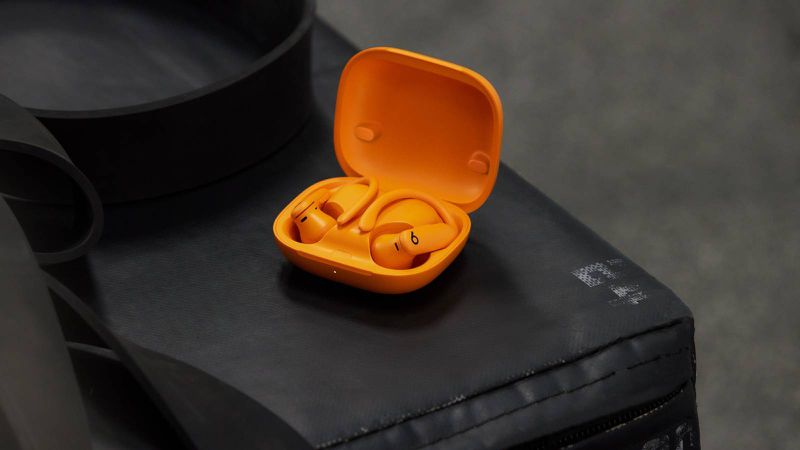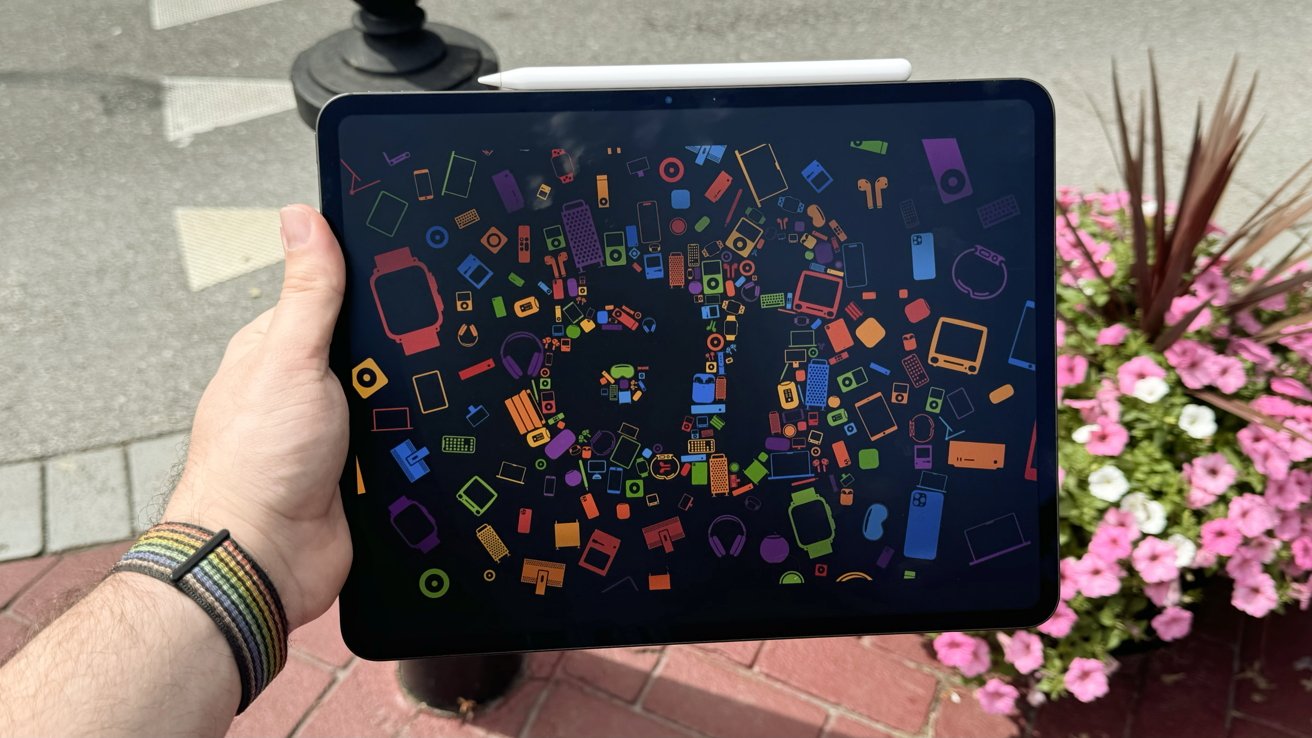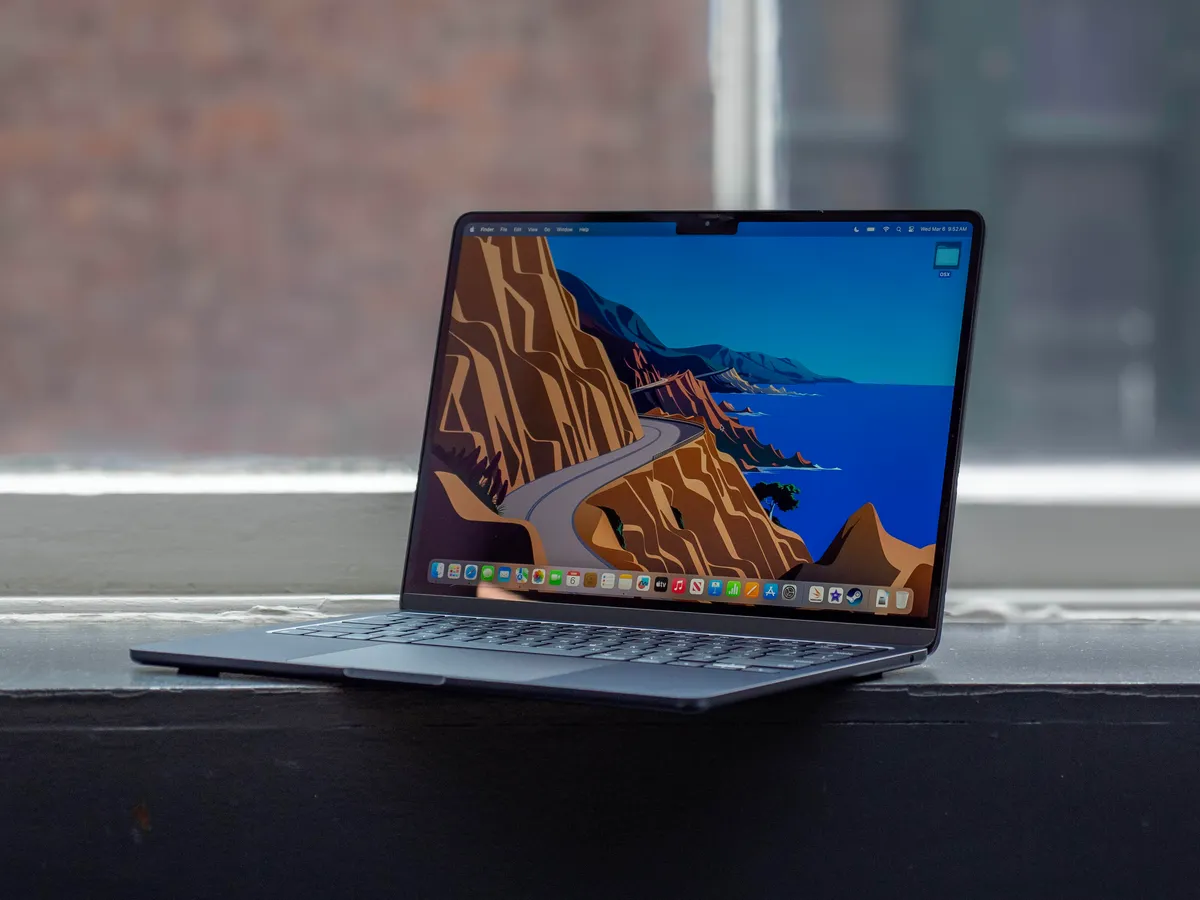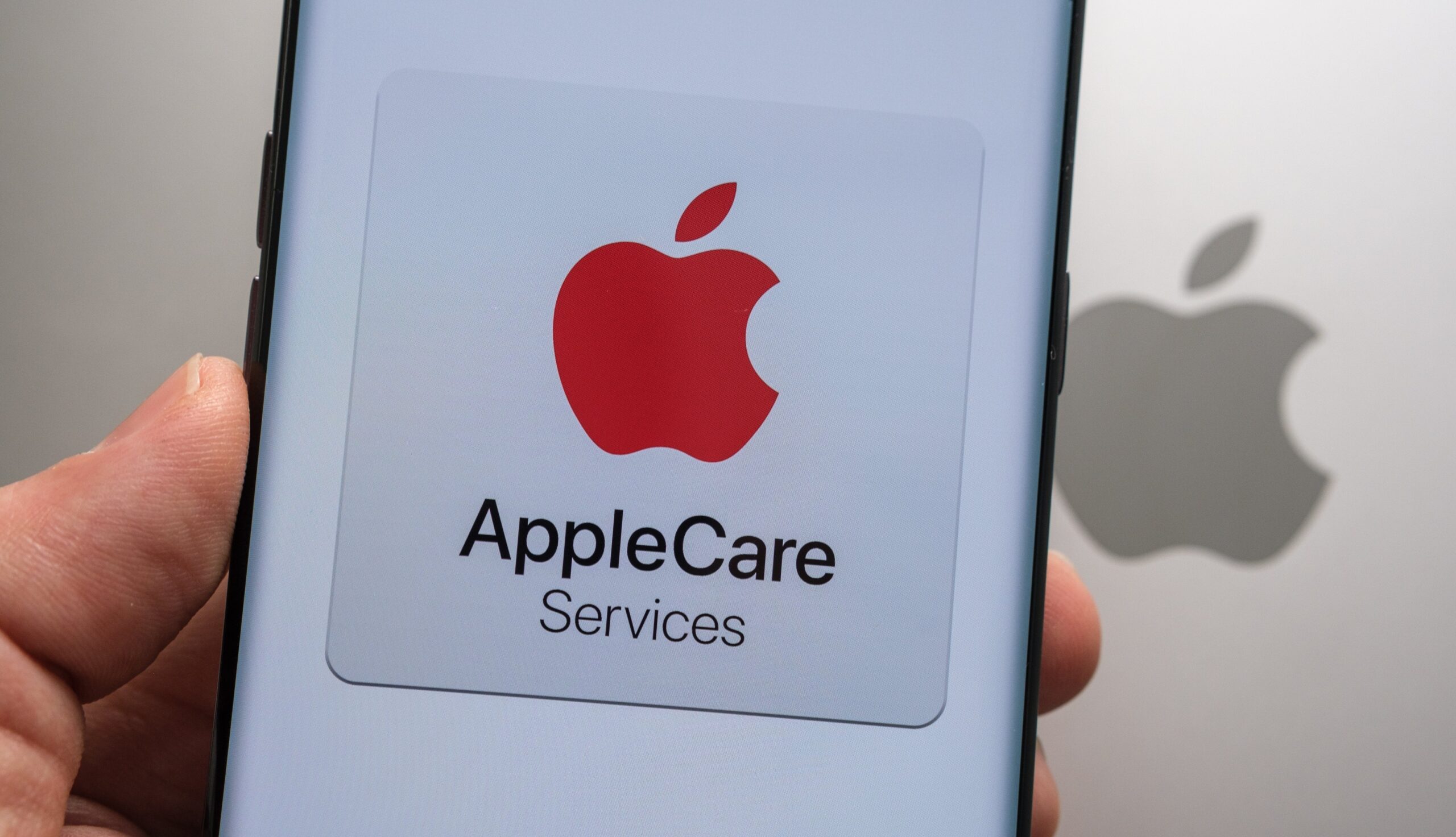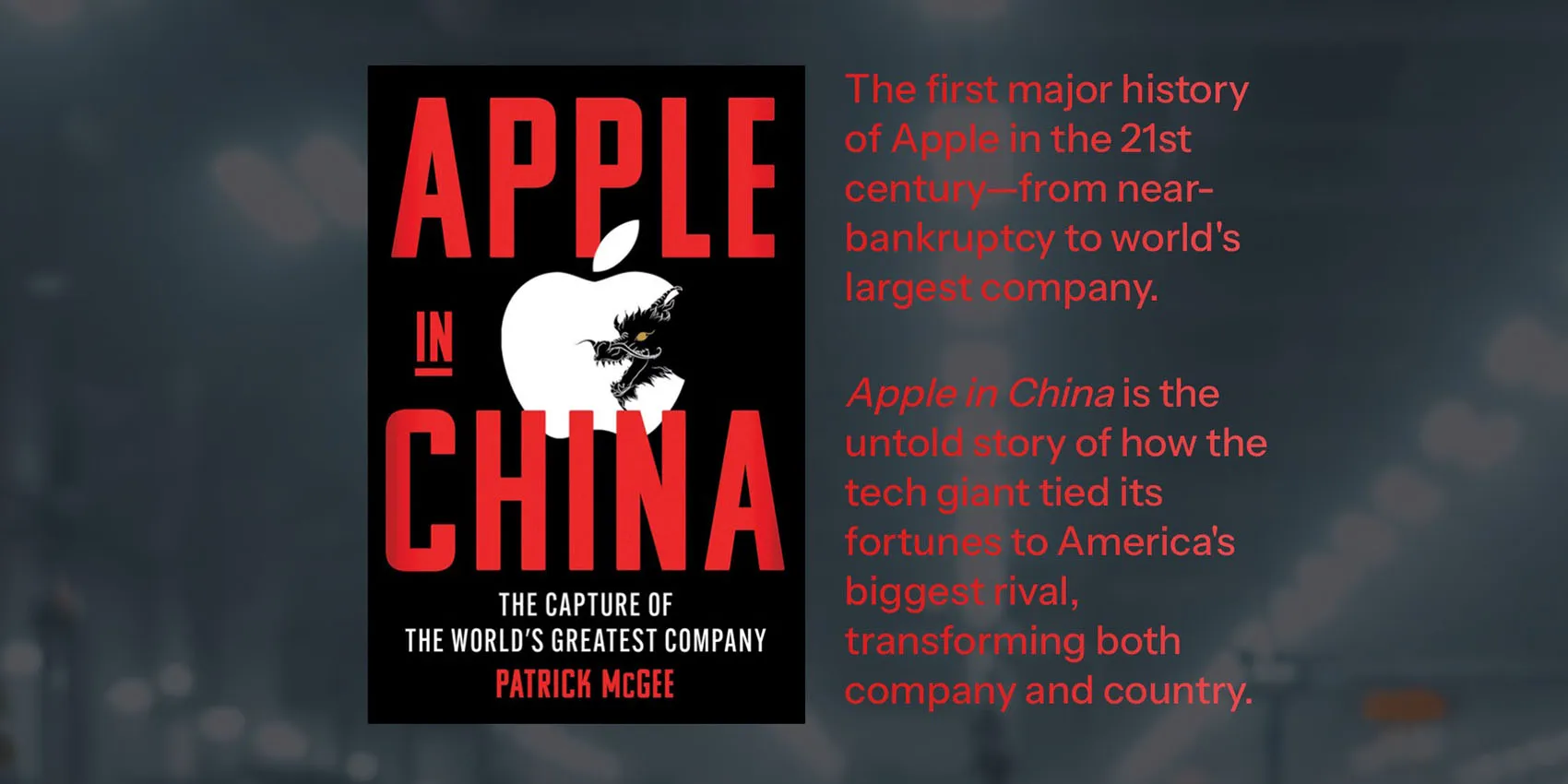Apple’s latest earbuds, the Beats Pro 2, will come with an immediate software update immediately. The earbuds will start with the 7B15 firmware, but a new update, version 7B24, is already available.
While specifics on the update aren’t detailed yet, the Beats Pro 2 introduces new features like heart rate tracking, which is a first for Apple’s earbuds. They use small LED lights to check your heart rate by sensing the blood flow in your ears.
In addition to heart rate tracking, these earbuds offer noise cancellation, personalized sound positioning, and enhanced audio thanks to a new sound system and Apple’s H2 chip for better connection.
Design-wise, the Beats Pro 2 has a much smaller ear hook, now 50% less than the original, comes with more choices for ear tips, are 20% lighter, and have a sleeker charging case that lasts longer.
To update the firmware, just connect the earbuds to a power source while they’re near an iPhone, iPad, or Mac with Wi-Fi. On an iPhone, you can check for updates by going into Settings, then Bluetooth, and clicking on the Beats icon. Android users will need the Beats app to get these updates.
You can pre-order the Beats Pro 2 from Apple’s site starting today, with an official release date set for this Thursday, February 13. They’re priced at $250.
